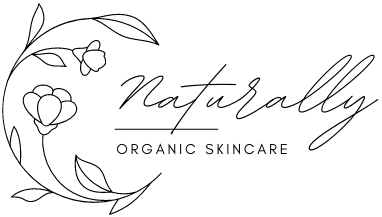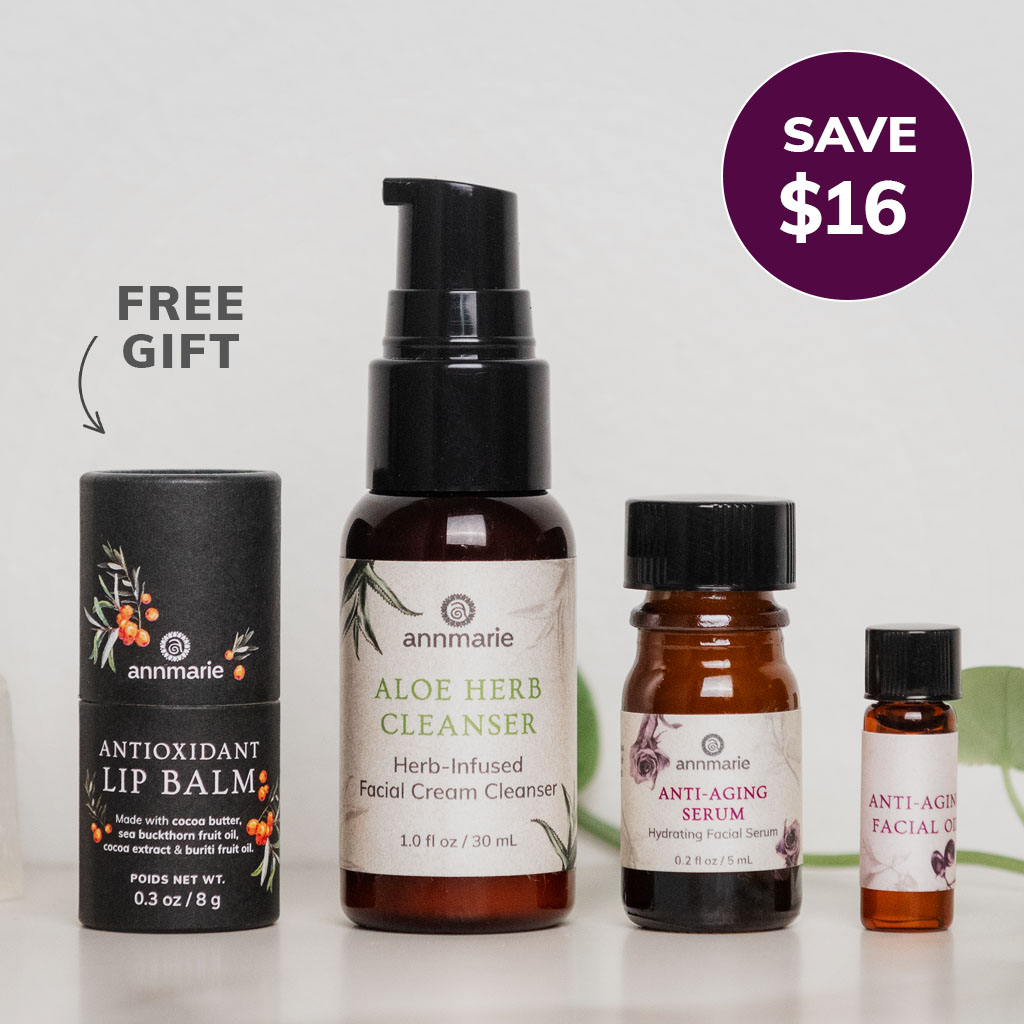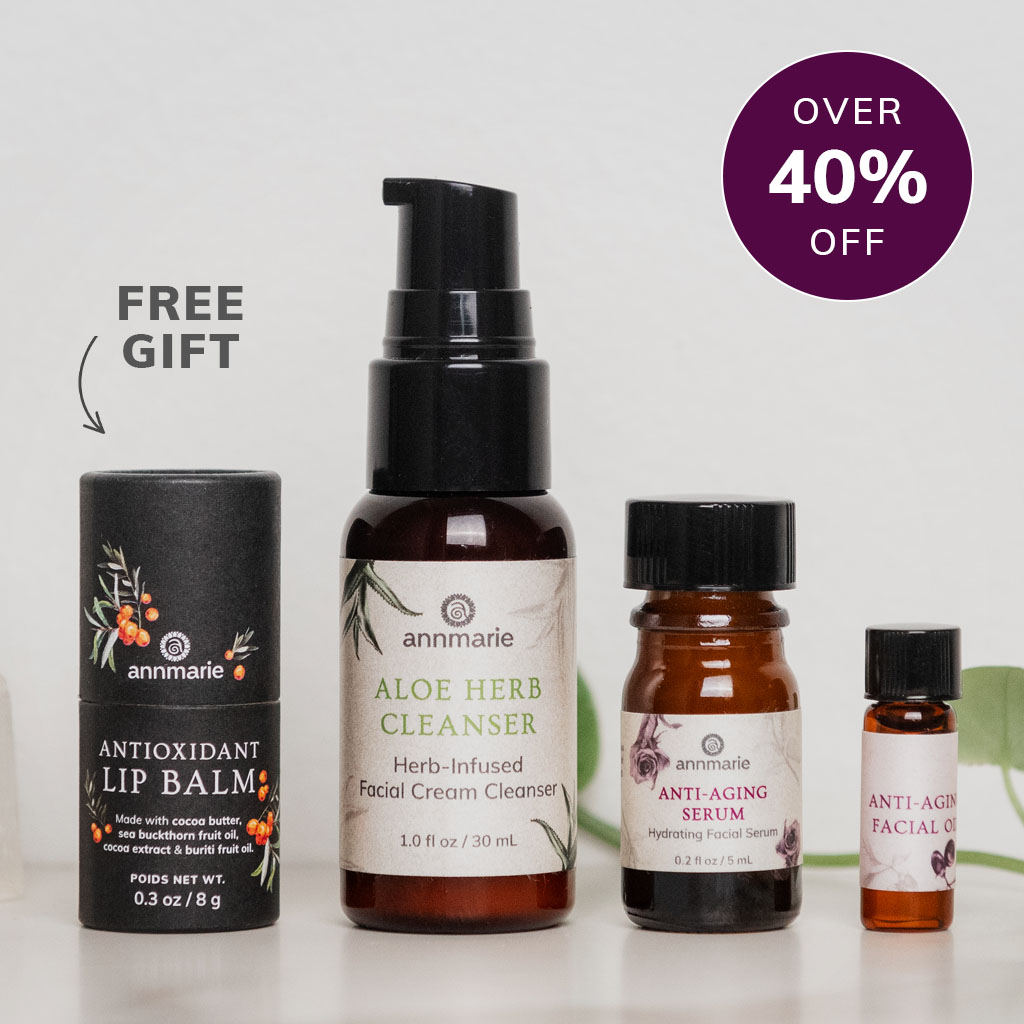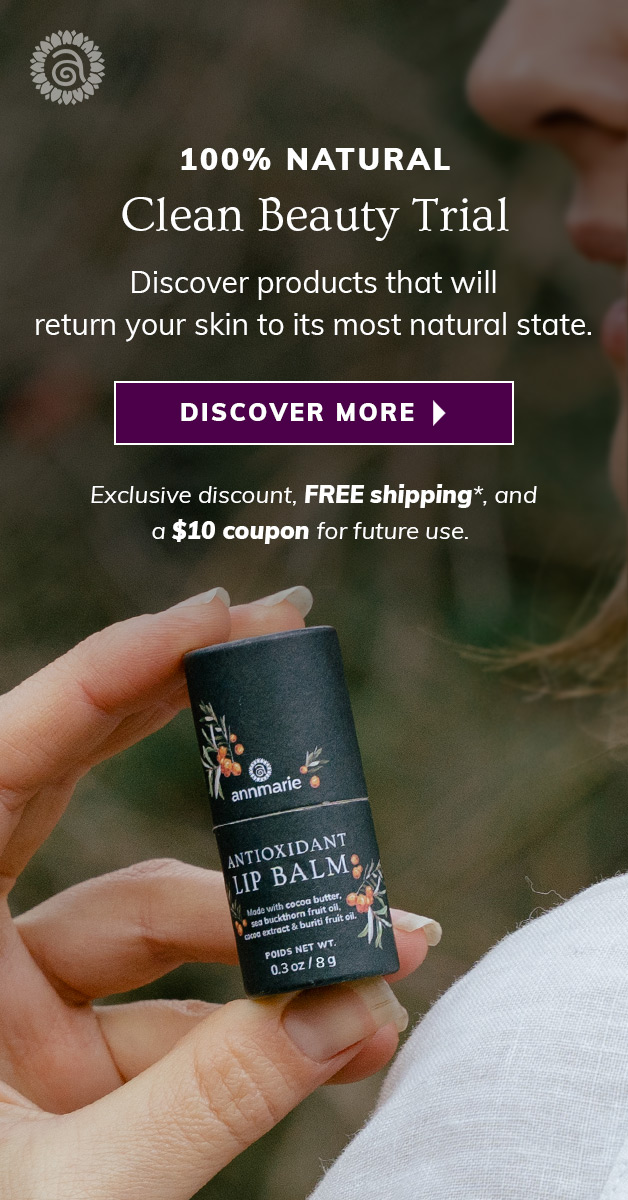antiseptic: can be applied to tissue or skin to reduce the possibility of infection, sepsis or putrefaction. Derived from the Greek words ‘anti’ (against) and ‘septikos’ (putrefactive). An antiseptic has very similar properties to an anti-microbial, a small difference is that the antiseptic prevents infections.
anti-microbial: is destructive to micro-organisms like bacteria, fungi and protozoans, or limilts their growth. If it kills microbes, it is called a microbicidal and if it prevents the growth of microbes it is called a microbiostatic. A desinfectant is an anti-microbial substance used on non-living object or outside the body.
antiphlogistic: acting against inflammation or fever.
anti-inflammatory: reducing certain signs of inflammation, as swelling, tenderness, fever and pain.
astringent: in medicine the word astringent is used to name a substance that contracts the tissues or canals of the body and doing so diminishes discharges as of mucus or blood. In cosmetics a substance having stringent properties will mean it cleans the skin and constricts the pores, refining the skins structure.
balsamic: a plant or tree yielding a fragrant exudation or balsam. The balsam is also called an oleoresin.
carminative: a herb or preparation that either prevents formation of gas in the gastrointestinal tract or ficilitates the expulsion of the gas through combating flatulence.
cicatrisant: promotes healing through the formation of scar tissue.
cytophylactic: stimulates regeneration of the cells.
diuretic: increases the excretion of water from the body by elevating the rate of urination.
fungicidal: kills or inhibits fungi or fungal spores.
vulnerary: promotes the healing of wounds, wound healing.
tonic: a herbal tonic is used to help restore, tone and invigorate systems in the body or to promote general health and well-being. In skin care products the word ‘toning’ mostly means invigorating giving a ‘pep-up’, enhacing blood flow to the upper skin levels and having a tightening effect, reducing pore size.



